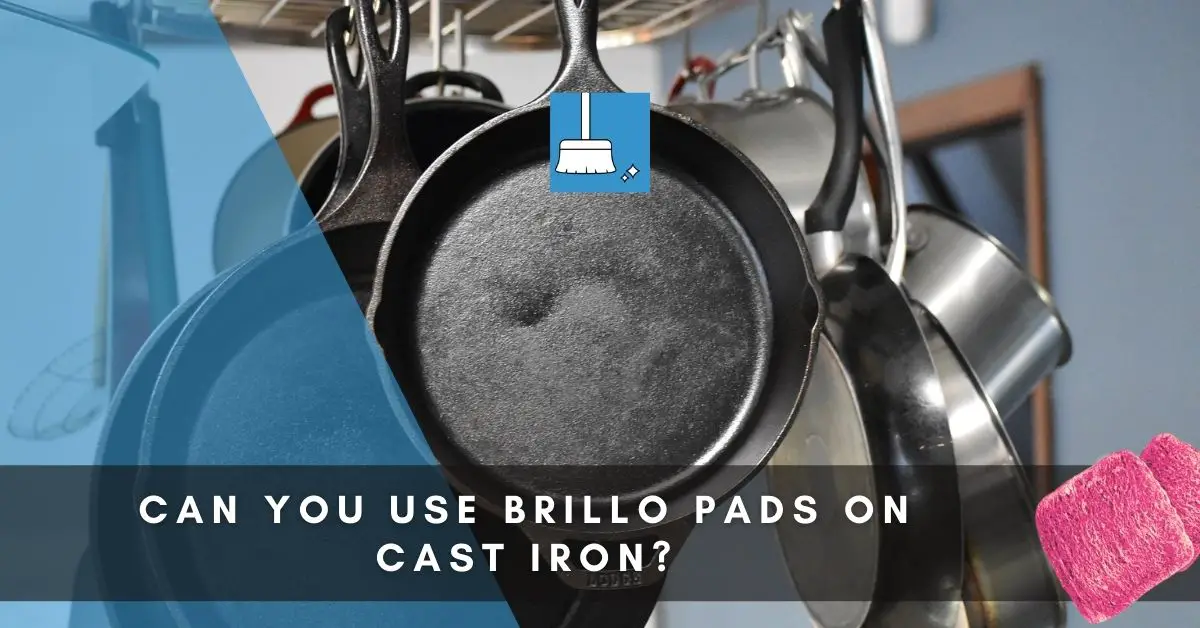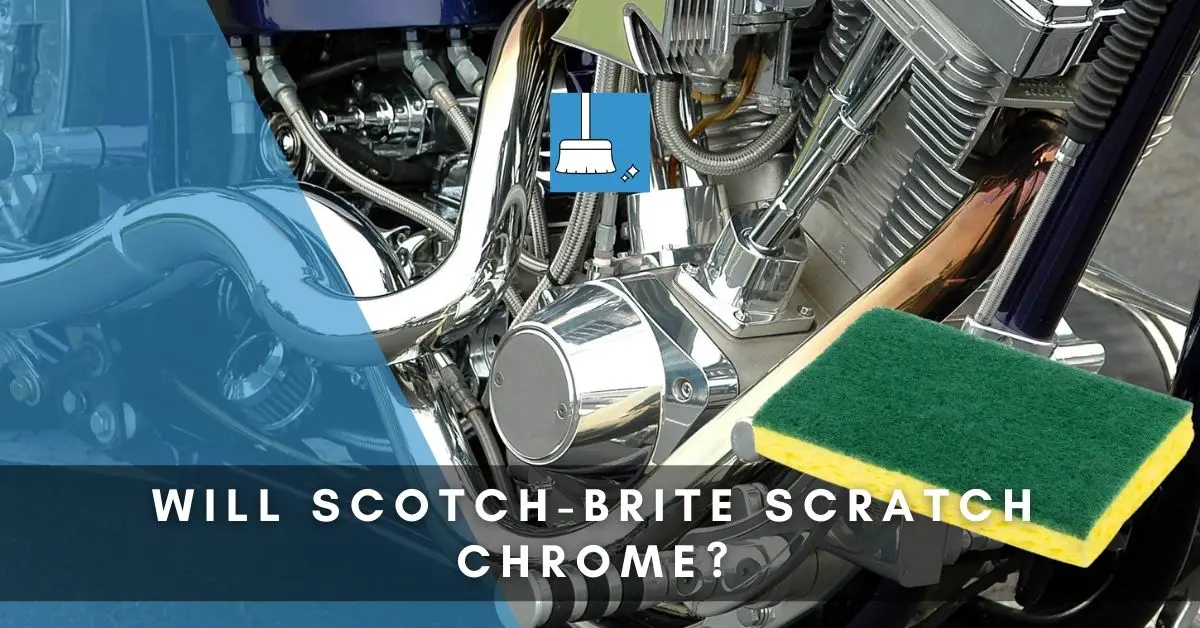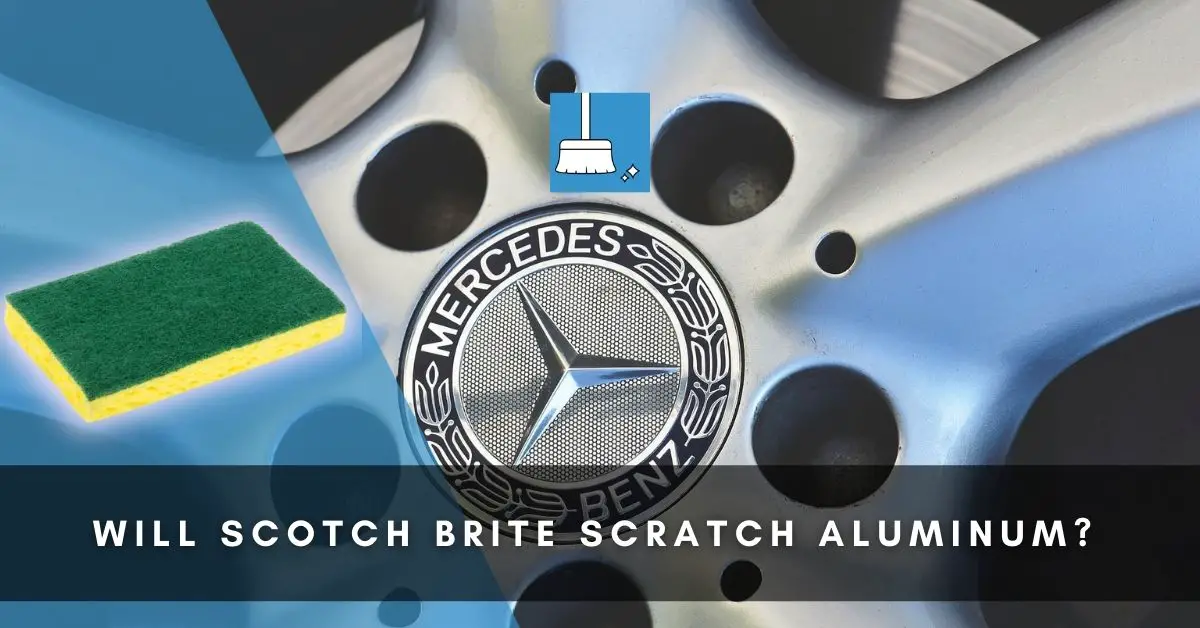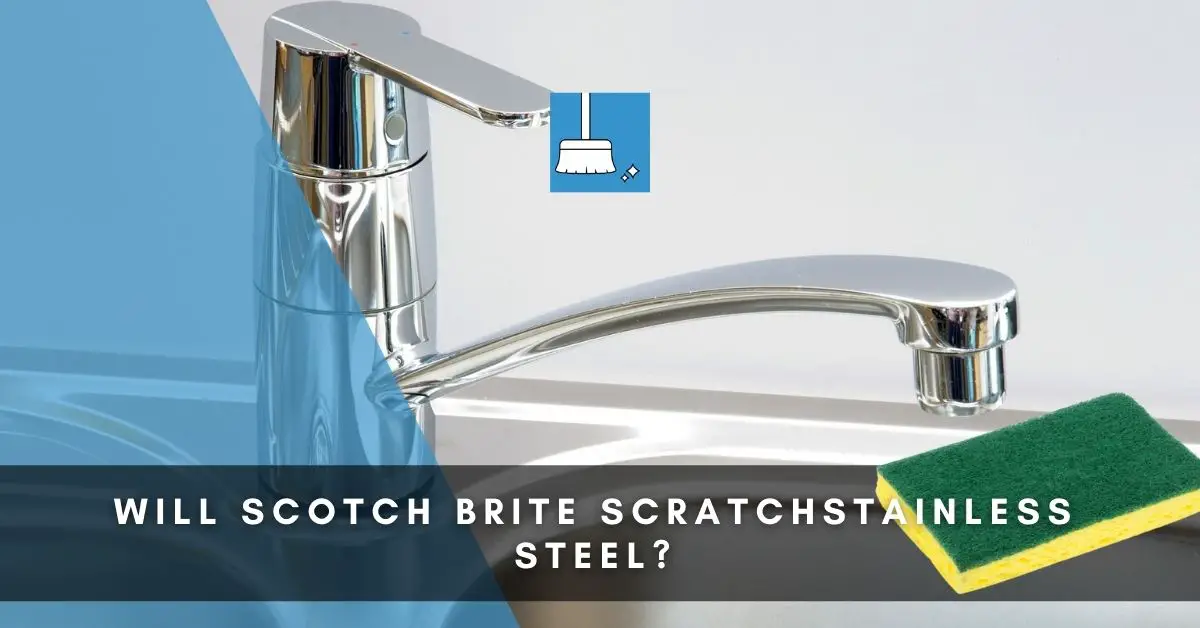When there is food stuck on the surface of the cast iron pans or rust appearing over it, people immediately want to grab steel wool or brillo pads and get to work.
The care and maintenance of cast iron are easy as long as you follow the correct procedure. If well-maintained, they can last for a lifetime.
In this article, we’ll see if brillo pads can be used on cast iron pans, pots, and griddles. We’ll discover the right way of cleaning our cookware, alternates to brillo pads, tips for cast iron maintenance, and more.
Can You Use Brillo Pads on Cast Iron?
Brillo pads can be used to clean cast iron; nonetheless, they would ruin the fantastic seasoned finishing of cast iron if you use them frequently.
Make it a habit to wash cast iron utensils when they are still warm. This prevents food from getting stuck, and you will not have to use force or a cleaning material that is too abrasive.
Brillo pads are made of steel wool and soap. Steel wool does not damage iron. In fact, it can be great for cleaning iron utensils. But the seasoning on your cast iron utensils can be damaged by steel wool.
Before preparing any food, ensure the pan is fully clean. If there is a lot of sludge in the pan, rinse it thoroughly and re-heat it over high heat.
When the pan is sizzling hot, add a cup of hot water to deglaze it before washing. Wipe it down with cooking oil and a paper towel after washing.
How to Use Brillo Pads on Cast Iron?
Cleaning cast iron cookware is easy, and it can last for an extended period if well-maintained.
Method 1
Following these steps to clean your cast iron will help you to get rid of grease and stuck-on food.
STEP 1: Add coarse salt to hot water and use this solution to clean your cast iron utensil. Use a brillo pad for scrubbing until all unnecessary food particles come out.
STEP 2: To get rid of the moisture, turn on your burner and place the utensil over it for 30 seconds to a minute. Then turn it in the other direction and do the same. Alternately, you can opt to wipe with a dishtowel to dry it thoroughly.
STEP 3: Using a paper towel, add a thin coat of oil and rub it on all sides to form a thin seasoning coat on the pan. The oil is helpful to prevent it from spoiling.
STEP 4: If you use the pan frequently, it is okay to store it at this point. But if you don’t use it often, place it on an oven rack upside down.
Method 2: Using Potato & Salt
Seasoned cast iron requires maintenance to last long. Apart from using brillo pads to clean it, there are other methods you can use to keep it clean without damaging the seasoning.
If there are stuck-on food particles, you can use this simple yet effective method.
STEP 1: Take Coarse salt or Kosher salt and apply it to a soft brush or chopped side of a raw potato.
STEP 2: Scrub the cast iron surface with the brush or potato until the burnt-on food comes out.
Rinse the utensil with hot water
Method 3: Using Vinegar& Baking Soda
Vinegar will help reduce rust. In general, you should avoid putting acidic substances such as vinegar into cast iron, but you are not drinking the vinegar in this situation.
Baking soda helps clean, deodorize, and eliminate residual scents and flavors.
STEP 1: Make a solution of 1 cup vinegar and 1 cup water and boil this solution in the cast iron utensil (skillet or pot) for about a minute or two and then empty the pan.
STEP 2: Sprinkle some baking soda over the utensil and use the brillo pad to scrub the pan/pot. Baking soda, being abrasive will pull out deeply ingrained burnt food.
STEP 3: Rinse the utensil under running water (preferably hot).
STEP 4: After cleaning your cast iron, you need to season it with oil to prevent spoiling effectively. Here are some of the best oils to do the work.
The best overall is flaxseed oil; unfortunately, it is expensive and not readily available in most regions. Others are; olive oil, sunflower oil, canola oil, coconut oil, and vegetable oil.
Alternatives to Brillo Pads for Cleaning Cast Iron
If brill pads are not handy, here are some other options you can use in place:
1- Scrub Mommy
Scrub Mommy is a two-sided scrub sponge with a scrubber on one side and a sponge on the other.
When you dip it in hot water, it softens, and the risk of removing the seasoning from your pan is close to zero. When you use it in cold water, the scrub-sponge becomes stiff, and it’s best when the pan has some stuck food.
Another advantage of scrub mommy is that it has a sponge to dry up the water after cleaning or wipe off the remaining mess.
2- Casabella mini brush
With a handle plus holder, Casabella mini brush is easy to handle and use. It also serves as the most convenient among cast-iron scrubbers.
The handle acts as the barrier between your hand and the surface, preventing your hands from being hurt. The firm bristles are suitable to brush away the mess.
3- Scotch Brite stainless steel
Best for restoring your cast iron from rust and other remains. Its stiff bristles are perfect for removing all the mess, leaving a smooth surface. However, it serves a few disadvantages being;
1- Due to its stiff and abrasive bristles are likely to damage your cast iron if used frequently.
2- It is tough on both hands and utensils
3- It tends to unravel quickly and needs replacement more often.
Tips for Cast Iron Maintenance
1- Never Leave Cast-Iron Utensils Wet
Cast iron is still iron, and iron corrodes when exposed to water for an extended period.
As a result, leave wet activities such as boiling water to your other utensils whilst your cast iron handles sizzling, roasting, grilling, and other non-water-based cooking.
When it’s time to wash your dishes, dry them thoroughly to avoid rust.
2- Dishwasher is the Enemy of Cast Iron
Using strong detergents or abrasive cleansers on your cookware will break down the seasoning, which will lead to losing the nonstick coating and flavor-enhancing characteristics of your cast iron.
3- Season Your Cast Iron before Use
Cast iron skillets contain nonstick seasoning, which is vulnerable when in contact with heat.
After purchasing, ensure you season it before cooking to seal the coat and avoid damaging it.
4- Clean Your Skillet Immediately after You’re Done Cooking
If you prefer leaving utensils overnight to soak, cast-iron cookery might not be for you. As soon as you finish cooking, rinse your pan while it’s still warm.
If you need to remove cooked-on food, use a soft brush to remove the mess.
Frequently Asked Questions
Here are a few FAQs about cast iron utensils:
What is the best oil to season cast iron?
All cooking oils and fats effectively season cast iron. Use any that are easily available, affordable, and have high heat capacity. However, flaxseed oil is considered the best when it comes to seasoning cast iron.
What happens if I don’t season my cast iron pan?
When you don’t season, your cast iron pan will end up with rust. Plus, it will lose its shape since you will require to scrub it harder.
Is it safe to use steel wool to clean a cast-iron pan?
Steel wool is abrasive, and it will damage your seasoned cast iron. A softer pad is preferable because it will retain the pans’ beauty for a long time.
What type of foods should you not be cooking with a cast-iron skillet?
Cast iron contains a nonstick coat, which should not contact acidic foods; hence you shouldn’t make tomato sauce or paste. Others include omelets, wine-braised meats, and desserts.
Final Thoughts!
Brillo pads are safe and convenient for kitchen appliances when you handle them with care. They are abrasive, but if you don’t use them too often, they will not cause any harm to your utensils.
We have shown the different methods to clean your cast iron utensils such as pans, pots, griddles, and others.






Pingback: Brillo Pad Vs Steel Wool (7 Comparisons!) »